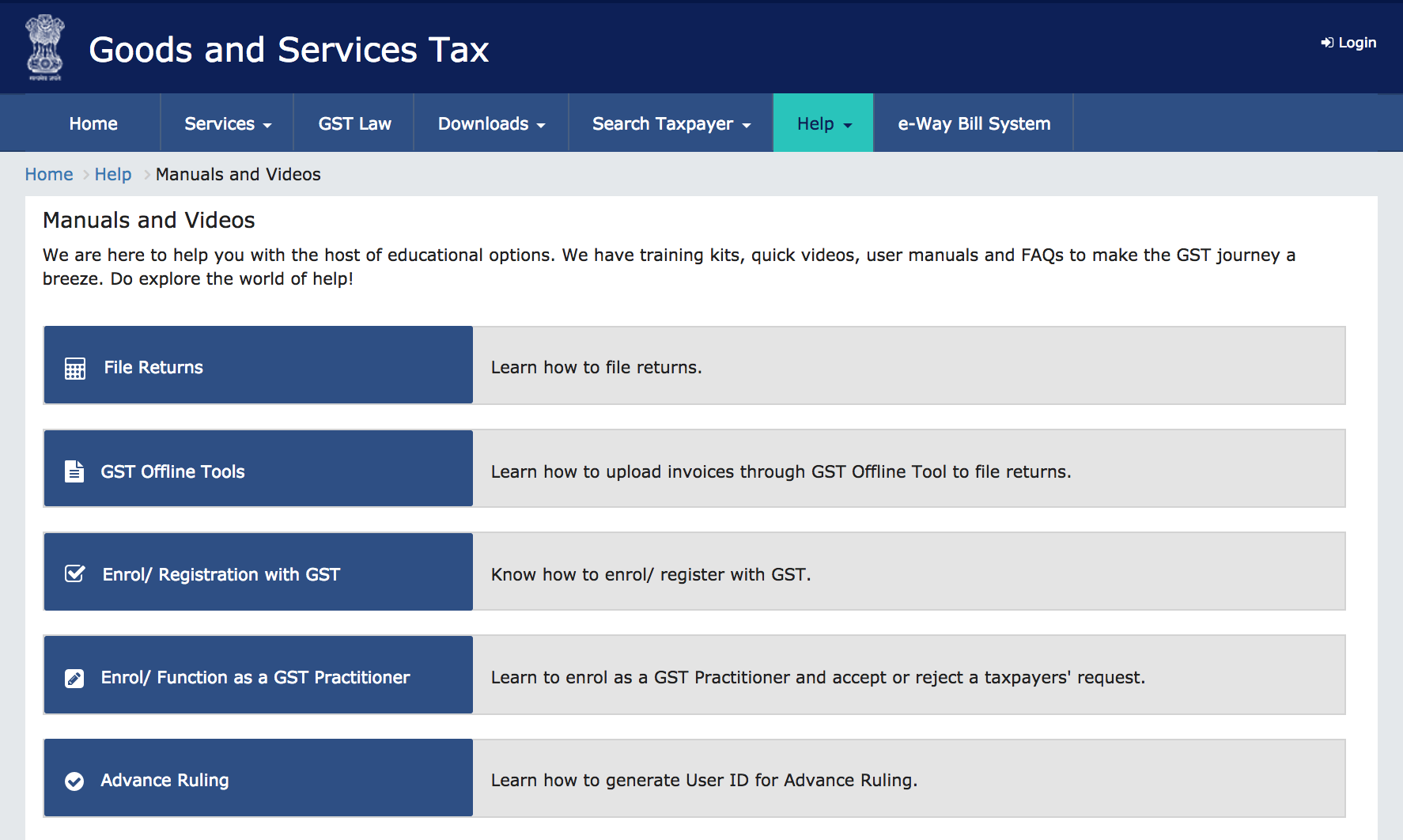

All types of applications may send event data to remote systems (instead of or as well as more local storage). Your selected framework may limit the available choices. Applications installed on desktops and on mobile devices may use local storage and local databases, as well as sending data to remote storage. Where to record event data ¶Īpplications commonly write event log data to the file system or a database (SQL or NoSQL). Data may be missing, modified, forged, replayed and could be malicious – it must always be treated as untrusted data.Ĭonsider how the source can be verified, and how integrity and non-repudiation can be enforced. The degree of confidence in the event information has to be considered when including event data from systems in a different trust zone. automatic audit trails, trigger-based actions filters, guards, XML gateways, database firewalls, web application firewalls (WAFs) filters built into web server software, web server URL redirects/rewrites to scripted custom error pages and handlers
COMMON LOG FILE SYSTEM SOFTWARE
actions on desktop software and mobile devices in local logs or using messaging technologies, JavaScript exception handler via Ajax, web browser such as using Content Security Policy (CSP) reporting mechanism Other sources of information about application usage that could also be considered are: identity, roles, permissions) and the context of the event (target, action, outcomes), and often this data is not available to either infrastructure devices, or even closely-related applications. The application has the most information about the user (e.g.
COMMON LOG FILE SYSTEM CODE
Thus, the primary event data source is the application code itself. The application itself has access to a wide range of information events that should be used to generate log entries. Design, implementation and testing ¶ Event data sources ¶ The remainder of this cheat sheet primarily discusses security event logging.

Use knowledge of the intended purposes to guide what, when and how much. It is important not to log too much, or too little. The types of events and details collected will tend to be different.įor example a PCIDSS audit log will contain a chronological record of activities to provide an independently verifiable trail that permits reconstruction, review and examination to determine the original sequence of attributable transactions. Process monitoring, audit and transaction logs/trails etc are usually collected for different purposes than security event logging, and this often means they should be kept separate.

using Extended Log File Format).Īpplication logging should be consistent within the application, consistent across an organization's application portfolio and use industry standards where relevant, so the logged event data can be consumed, correlated, analyzed and managed by a wide variety of systems. web site or web service) logging is much more than having web server logs enabled (e.g. It provides much greater insight than infrastructure logging alone. Many systems enable network device, operating system, web server, mail server and database server logging, but often custom application event logging is missing, disabled or poorly configured. This cheat sheet is focused on providing developers with concentrated guidance on building application logging mechanisms, especially related to security logging. Insecure Direct Object Reference Prevention


 0 kommentar(er)
0 kommentar(er)
